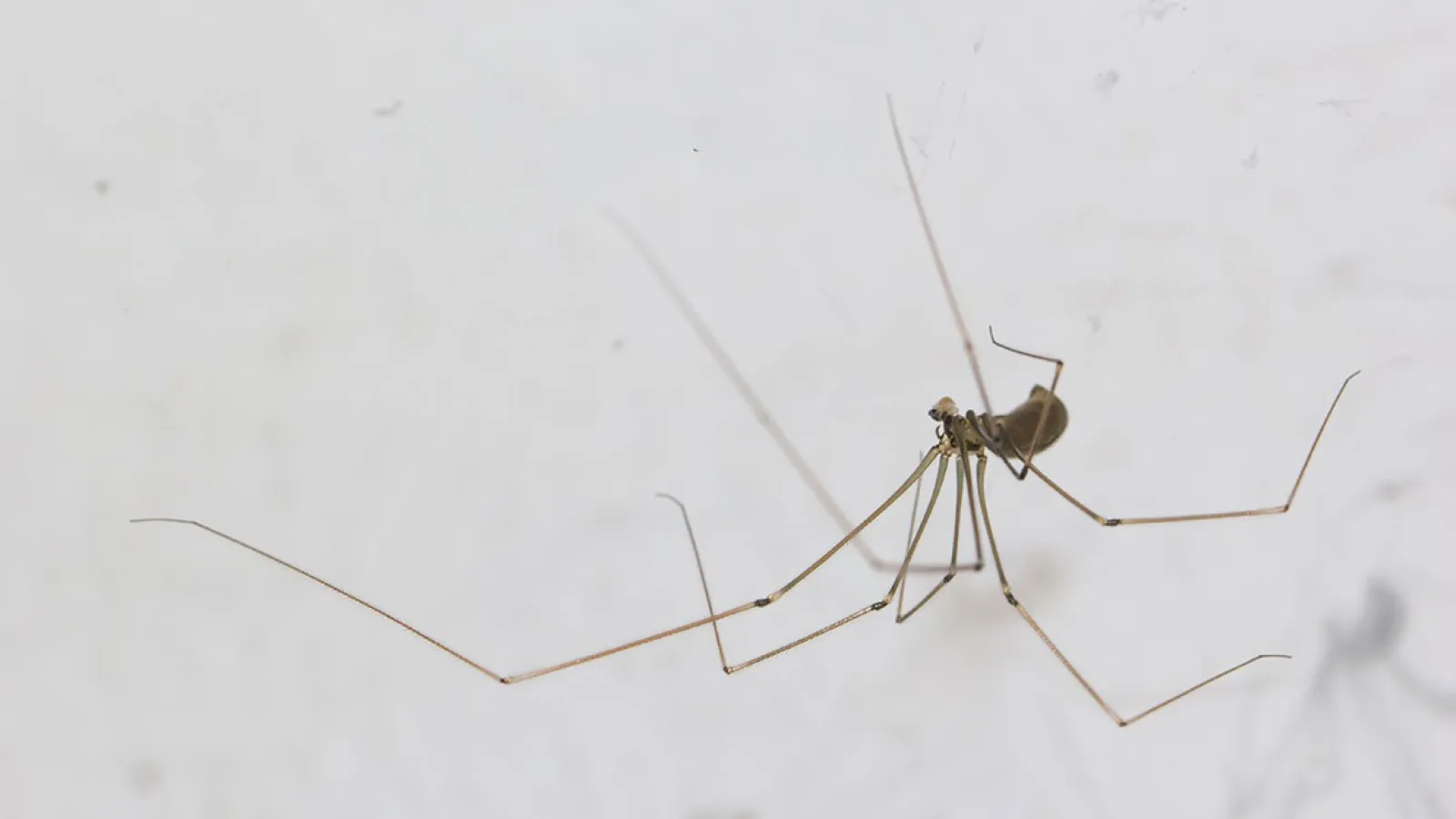
Cellar Spiders
Latin Name: Pholcidae
Cellar spiders belong to the family Pholcidae and they are found on every continent except Antarctica. There are two types of cellar spiders: long- and short-bodied. Both types range in color from light tan to brown or gray, have small oval bodies, and have slender legs. The long-bodied cellar spiders have legs that can be up to two inches long, while those of the short-bodied spiders can be about ½ inch.
As the name would suggest, cellar spiders often make their homes in the damp and dark corners of basements, crawl spaces, sheds, and warehouses. Unlike other species of spiders that take down their webs before making new ones, the cellar spider will continue layering webs on top of each other, which leads to much more noticeable cobwebs.
These kinds of spiders do not present a threat to humans, although they are very effective against other spiders and insects. When cellar spiders see an insect approaching their web, they will pulse their bodies to make the web shake and cling to their prey. In other cases, cellar spiders will move into another spider's web, pretend to be trapped, and then attack the other spider when it gets close enough.
There are several ways to prevent a cellar spider infestation. Inspect the exterior and interior of your home for cracks in the foundation. If you see any, seal them up with caulk. If you have firewood, stack it at least 20 feet from the side of your home and inspect firewood pieces before bringing them inside. If you are noticing multiple kinds of insects and arachnids in your home, you may want to measure the humidity levels and pick up a dehumidifier. For professional assistance, give Palmetto Exterminators a call to set up a free, no-obligation quote.
Similar Pests: Black & Brown Widow Spiders, Brown Recluse Spider